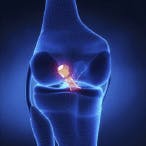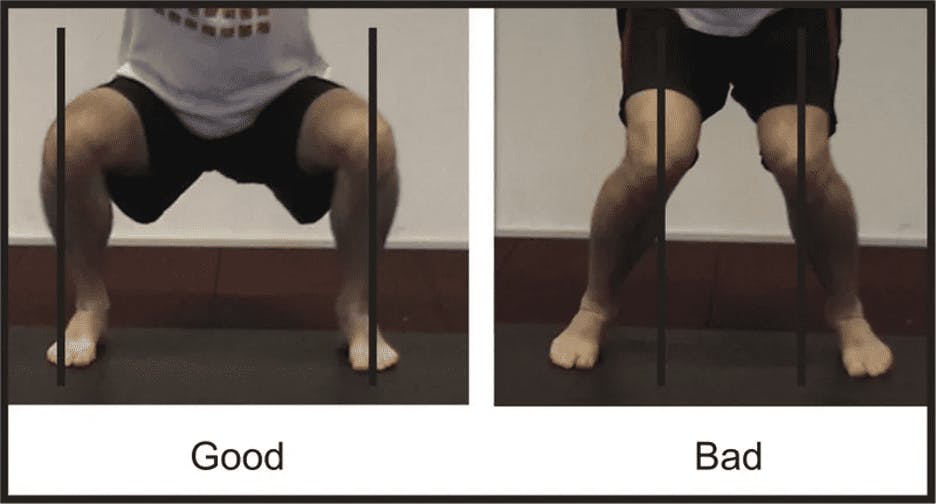Physical Wellness Month is celebrated in April every year. This time of the year, everyone is encouraged to observe a healthy lifestyle which means getting your body moving through physical activity, eating healthy, making rest a priority, reducing stress, and making good choices about health check ups.
Physical therapy can play an important role in wellness through prevention and health promotion programs. Physical therapists apply the best available evidence in selecting and prescribing exercises for individuals and planning physical activity/injury prevention programs for your unique needs. They integrate scientific principles of movement, function, and exercise progression to promote physical activity and improve health outcomes. Here are some tips from 1st Choice Physical Therapists to help achieve physical wellness.
Get Enough Exercise
It is recommended for all individuals to engage in physical activity for at least 30 minutes to one hour daily. Physical activity is defined as any bodily movement produced by skeletal muscles that requires energy expenditure. The easiest form of physical activity is walking. Physical activity helps boost metabolism, strengthens muscle and bone, and can prevent lifestyle related diseases such as diabetes, cancer, and heart problems. Keep it simple and enjoyable as consistency is key.
Do a 30-Day Water Challenge
Drinking plenty of water and staying hydrated for 30 days is a popular habit to start during Physical Wellness Month. Eliminate soda, juice, caffeine and alcohol from your diet and note a significant improvement in your digestion as well as decreased stress levels.
Eat Healthy
Be mindful of what you eat. Explore different healthy recipes such as plant-based options, low-sugar foods, and high-fiber meals. Food Revolution expert Dr. Joel Fuhrman coined the term GBOMBS for the healthiest, immune-boosting, disease-fighting foods on the planet: Greens, Beans, Onions, Mushrooms, Berries and Seeds (and nuts). Make sure the majority of your daily diet incorporates these foods.
Make Rest a Priority
Sleep is as important for good health as diet and exercise. Good sleep helps your body recharge, your cells regenerate, your muscles repair and improves your brain performance. Not getting enough quality sleep regularly raises the risk of many diseases and disorders. These range from heart disease and stroke to obesity and dementia. Good sleep encompasses how much sleep you get, that you get uninterrupted and refreshing sleep, and you keep a consistent sleep schedule.
Reduce Stress
Minimizing the chronic stress of daily life as much as possible can decrease your risk of health conditions such as heart disease. Getting enough exercise, eating healthy, and getting good sleep are ways of relieving stress. Other tips are to minimize phone use and screen time, do yoga, practice mindfulness, spend time in nature, spend time with family and friends, do deep breathing, and engage in self-care practices. Self-care practices include things that make you happy like taking a bath, lighting candles, reading a good book, playing with your pet, getting a massage, or getting a hobby.
Get in touch with a 1st Choice Physical Therapist if you want to set realistic goals and to enhance your overall well-being, promote optimal physical function, and prevent injuries. They can help you to reach optimal physical wellness.


